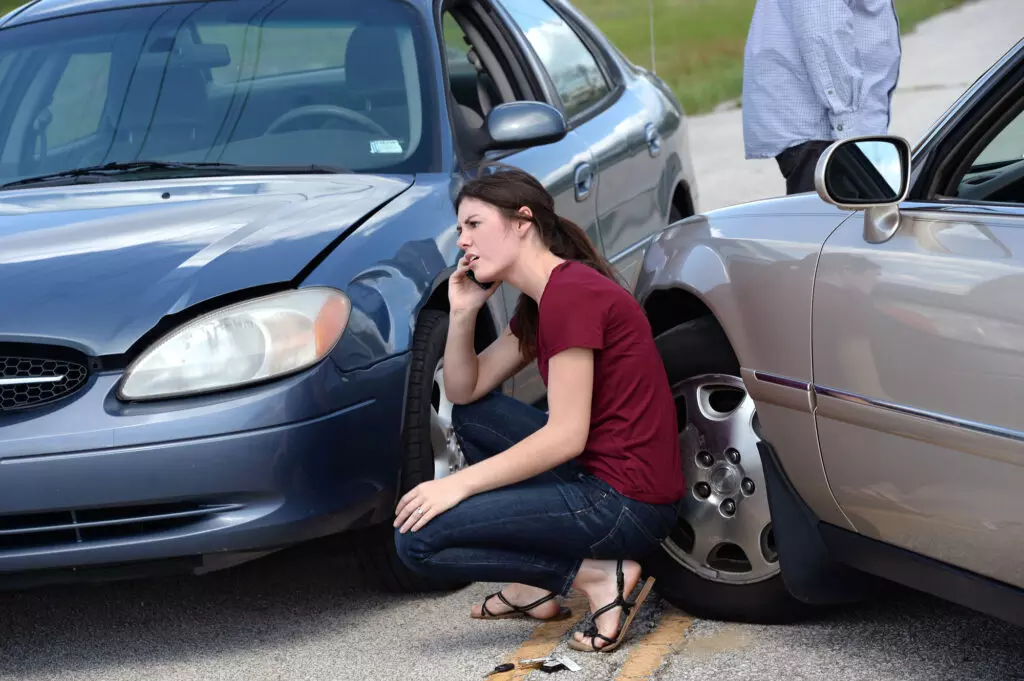TESLA’S AUTOPILOT SYSTEMS PROMPT RECALLS (2023)

Tesla, the electric car manufacturer, has made a name for itself in the automobile industry with its innovative technology, including the Autopilot system, a feature that allows drivers to operate their cars semi-autonomously. However, this technology has come under scrutiny due to its safety concerns, which have resulted in numerous recalls and lawsuits. In this article, we will discuss the Autopilot system, the recalls, and the lawsuits associated with it.
Introduction
The Autopilot system was first introduced by Tesla in 2014. This system uses cameras, sensors, and radar to detect obstacles and other vehicles on the road, allowing the car to change lanes, maintain speed, and brake automatically. The system is designed to assist drivers, not replace them, and requires drivers to remain alert and ready to take control at all times.
The Recalls
In 2018, Tesla announced a recall of approximately 123,000 Model S vehicles due to a power steering issue. This issue affected the power steering system’s bolts, which could corrode and break, causing the driver to lose control of the vehicle. In 2019, Tesla issued another recall of approximately 14,000 Model S vehicles due to a potential fire risk caused by the battery systems.
Read More: GARDASIL VACCINE LINKED TO OVARIAN FAILURE DEATH (2023)
In 2021, Tesla announced another recall of approximately 135,000 Model S and Model X vehicles due to a potential safety issue related to the Autopilot system’s touchscreen display. This issue could cause the display to fail, making it impossible to use the car’s climate control and other features.
The Lawsuits
Tesla’s Autopilot system has also faced legal challenges, with several lawsuits filed against the company. In 2016, a Florida man was killed while driving a Tesla Model S with Autopilot engaged, causing the car to crash into a tractor-trailer. The man’s family filed a lawsuit against Tesla, alleging that the Autopilot system was defective and responsible for his death.
Read More: Two Injured In Construction Accident Near Pittsburgh (2023)
In 2019, a Tesla Model 3 owner filed a class-action lawsuit against Tesla, alleging that the Autopilot system was “dangerously defective” and caused the vehicle to suddenly accelerate, resulting in a crash. The lawsuit claimed that Tesla was aware of the defects in the Autopilot system and failed to take corrective action.
Tesla’s Response
Tesla has defended its Autopilot system, stating that it has been designed to make driving safer and reduce the risk of accidents. The company has stated that drivers must remain alert and ready to take control of the vehicle at all times and that the system is not intended to replace human drivers.
Tesla has also stated that it takes safety concerns seriously and has implemented several safety features in its vehicles, including automatic emergency braking and collision avoidance systems.
Conclusion
Tesla’s Autopilot system has been a topic of controversy due to safety concerns, resulting in numerous recalls and lawsuits. While Tesla has defended its system and implemented safety features, it remains to be seen whether the Autopilot system will continue to face legal challenges in the future. In conclusion, Tesla’s Autopilot system has faced significant scrutiny due to safety concerns, resulting in recalls and lawsuits. While Tesla has defended its system and implemented safety features, the ongoing legal challenges underscore the importance of ensuring the safety of autonomous driving technology. As Tesla continues to develop its technology and expand its reach, it will be crucial for the company to maintain a strong focus on safety and risk management.
FAQs
- What is Tesla’s Auto system?
- How does the Auto system work?
- What safety concerns have been associated with the Auto system?
- How has Tesla responded to safety concerns related to the Autopilot system?
- Will Tesla continue to face legal challenges related to the Autopilot system?


